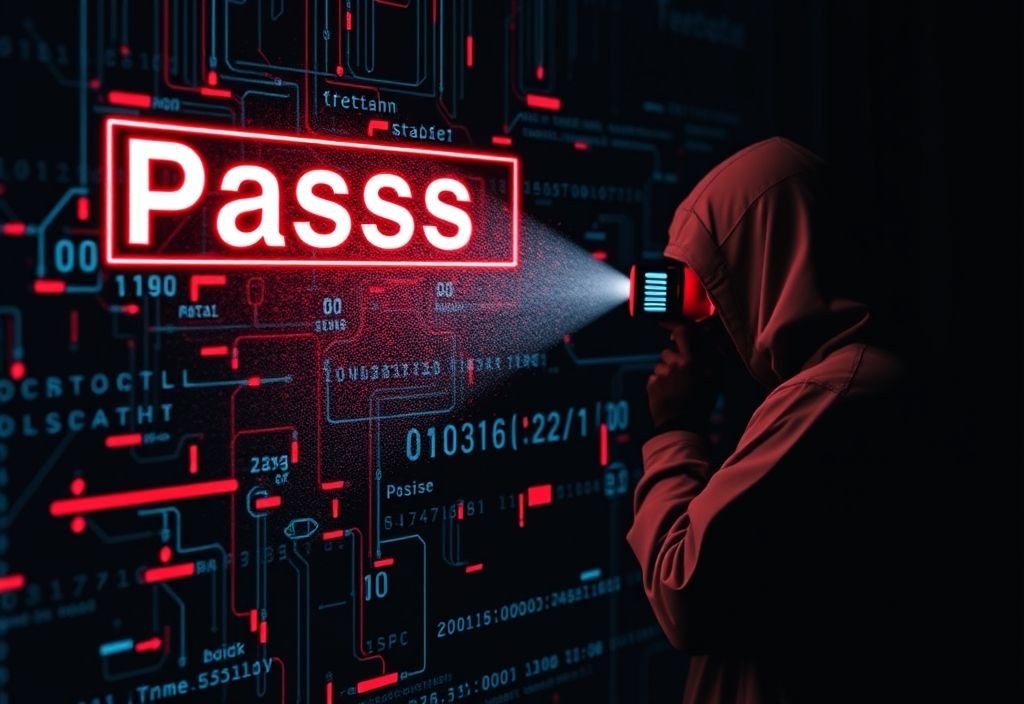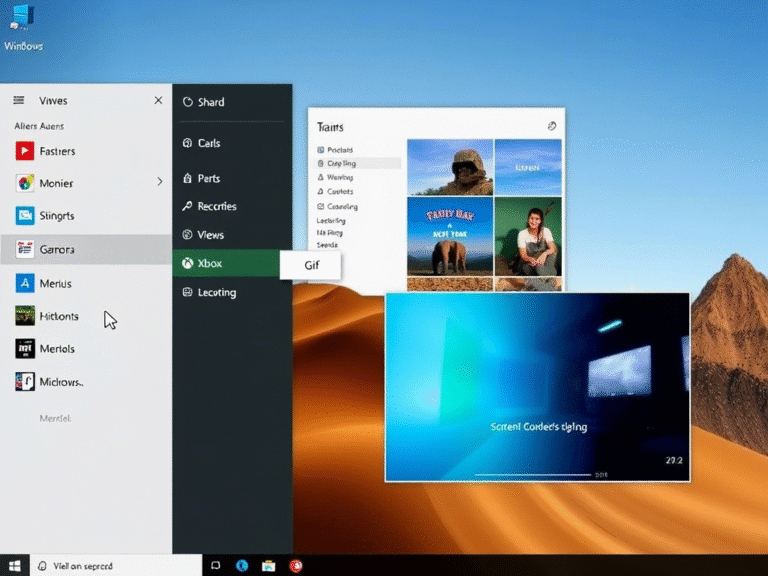How To Protect Yourself From Password Spraying ?

How To Protect Yourself From Password Spraying ?
What Is Password Spraying?
Password spraying is a hacking method where attackers try the same weak password — like “123456” or “password” — across many user accounts. Instead of guessing many passwords for one account (like in brute-force attacks), they spread one password across many usernames.
This helps them bypass security systems that lock an account after too many failed attempts. If even one person uses that weak password, the attacker gets inside.
How Does It Work?
Hackers start with a list of usernames — often collected from data leaks or public sources. Then, they use automated tools to try the same simple password on hundreds or thousands of accounts.
For example:
- Try “Password123” on 10,000 accounts.
- Only a few may fail, but if just one works, the hacker gains access.
Because each attempt is spaced out and looks low-risk, it can go unnoticed by security systems.
Why Is It Dangerous?
People are often the weakest part of cybersecurity. Many reuse passwords or choose easy-to-guess ones. Attackers exploit this habit to gain unauthorized access to email, cloud services, company networks, and more.
These attacks are hard to catch because they don’t trigger alarms like normal brute-force attacks do.
How Can You Protect Against It?
- Use Strong, Unique Passwords
Avoid common passwords. Use long, random phrases or a password manager. - Enable Multi-Factor Authentication (MFA)
Even if a password is guessed, MFA blocks access unless the second step is completed. - Monitor Login Activity
Watch for unusual login patterns, such as many failed attempts across different accounts. - Educate Users
Train employees and users about password safety and how to spot phishing or login risks. - Set Smart Lockout Policies
Limit login attempts from the same IP address or device across multiple accounts. - Have an Incident Response Plan
Know what to do if an attack is detected: reset passwords, block IPs, notify users.
Password spraying is a growing threat because it’s sneaky and effective. But with strong policies, smart tools like MFA, and regular training, organizations can greatly reduce their risk.
If you’re looking to strengthen your cybersecurity strategy or need help protecting against password-based attacks, feel free to reach out. We offer tailored solutions to keep your digital assets safe.





